
Lavoir at Run Losquet (Île Grande)
Pleumeur-Bodou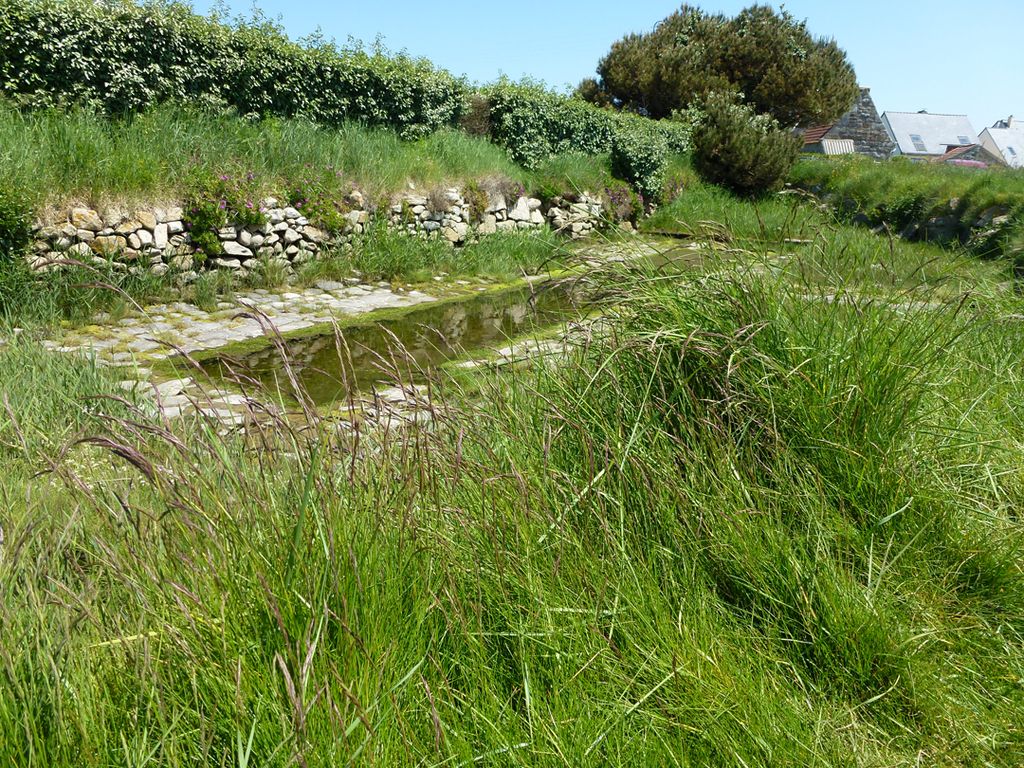
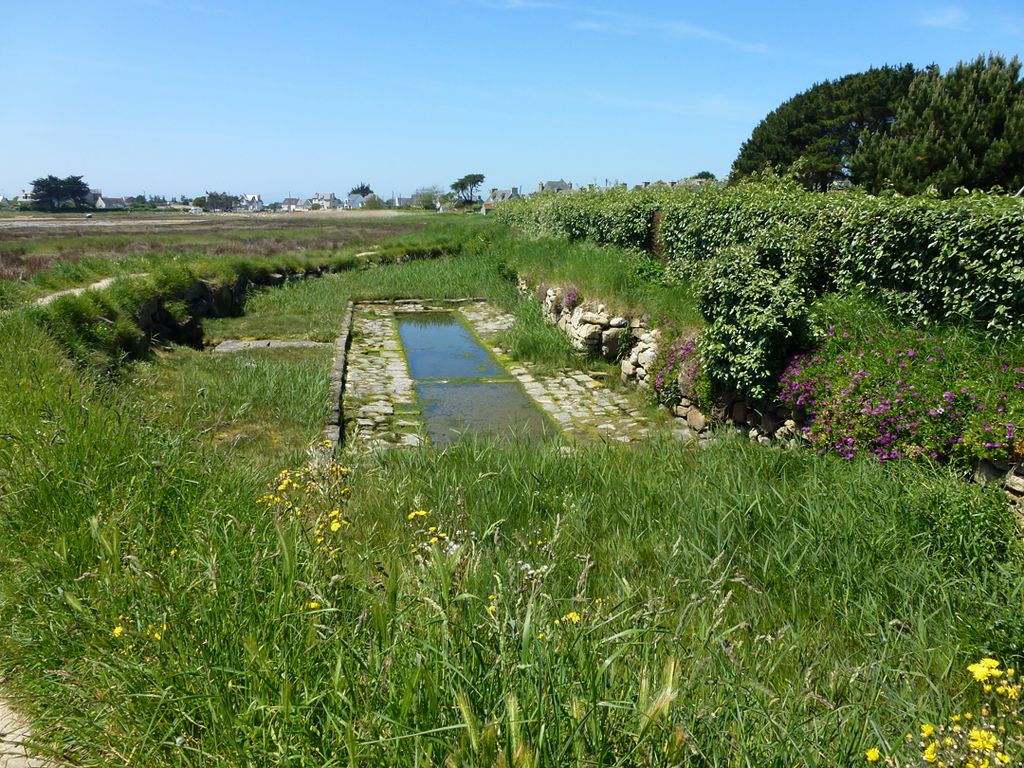
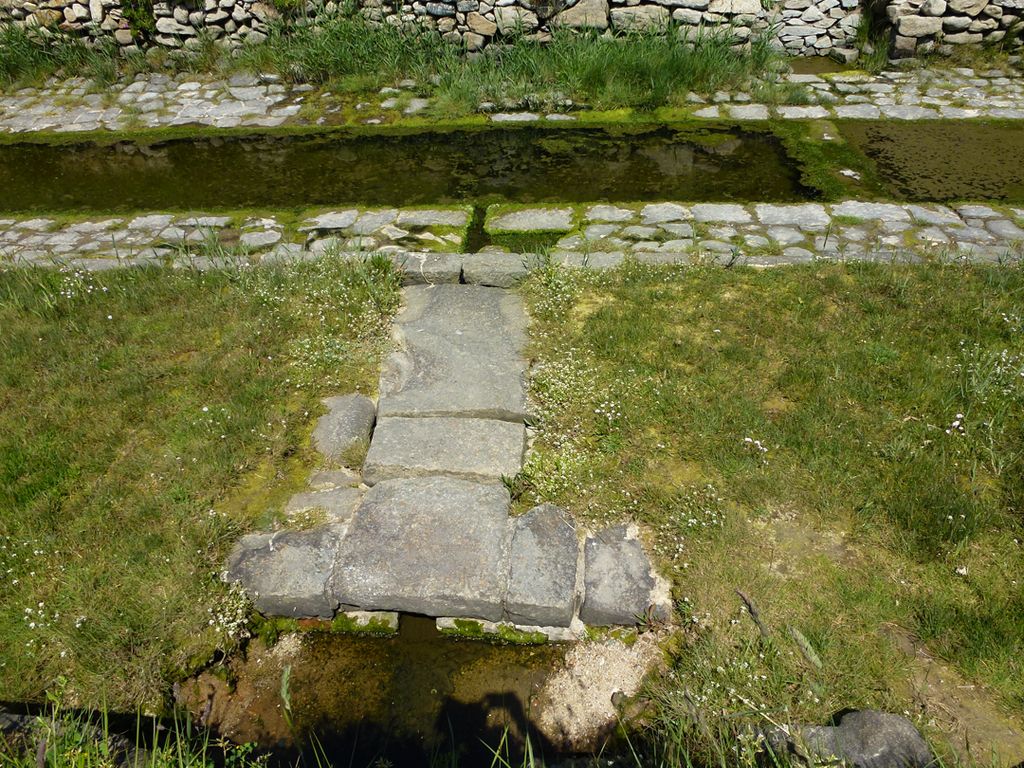
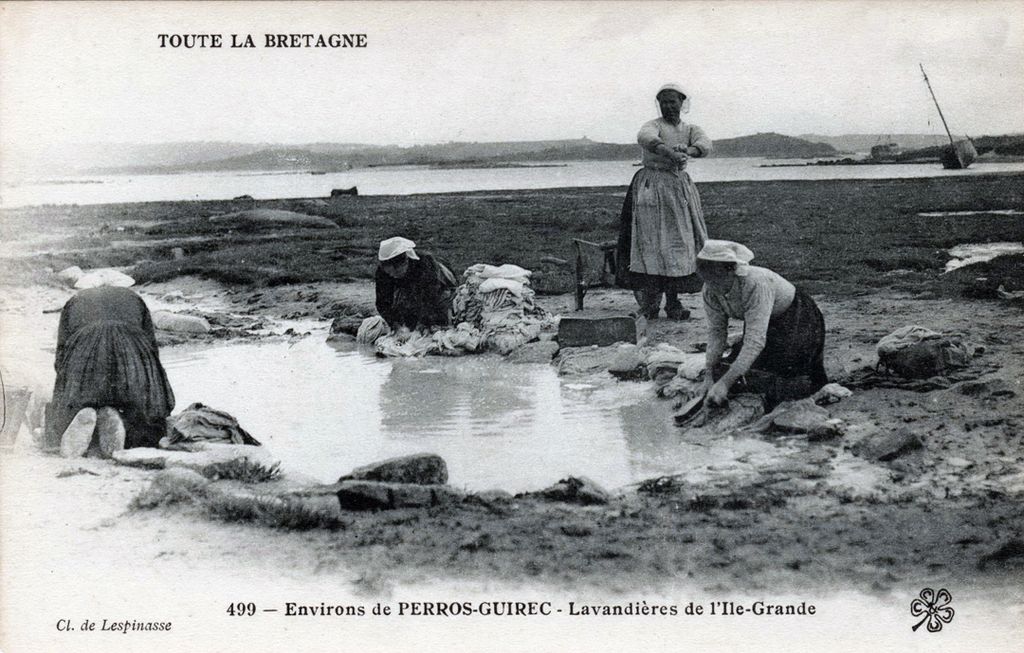
About
This large, traditional "lavoir" – an open-air pool or basin set aside for clothes to be washed – is located on Île Grande and dates from the nineteenth century. Two sources supply it and can be seen at the foot of the retaining wall. At spring tide, it was filled with seawater, but, very quickly, the salt water was replaced with freshwater and washing could resume. Opposite the wash-pool is the Toëno peninsula, whose contours have changed significantly as a result of quarry mining. You can see the traces of this activity at the old quarry sites.
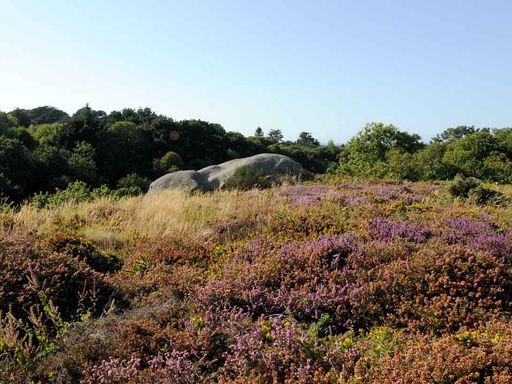

Granite quarries
Perros-Guirec
The pink stones of La Clarté have been used since the start of the twentieth century and are characterised by their excellent quality. On your visit to this quarry, find out about the means used to...  See
See
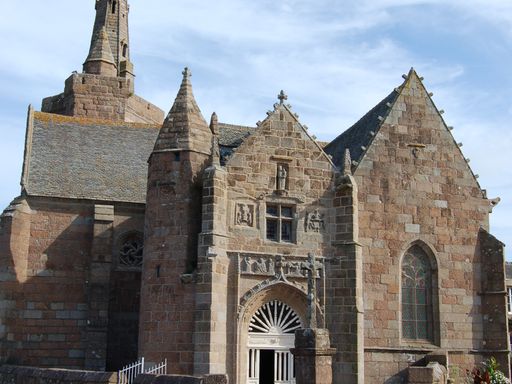

La Clarté Chapel (Itron Varia Ar Sklerder)
Perros-Guirec
Classified as a historic monument and containing some architectural treasures, Notre Dame de la Clarté is not to be missed. Dating from the fifteenth century and finished in the eighteenth century,...  See
See
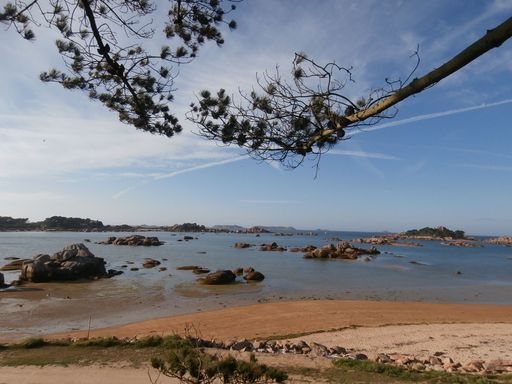

Sainte Anne Bay
Trégastel
Walking by Sainte Anne Bay, you will discover an area rich in history and spirituality. Well before the construction of Sainte-Anne des Rochers Chapel in 1636, the area was home to several religious...  See
See
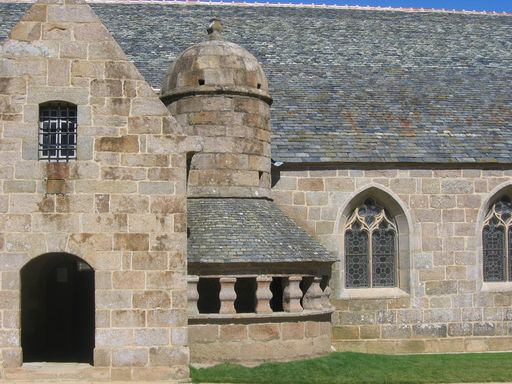

The Village
Trégastel
This church was built in several stages. The original building, dating back to between the twelfth and thirteenth centuries, was modified several times over the centuries. In the seventeenth century,...  See
See



